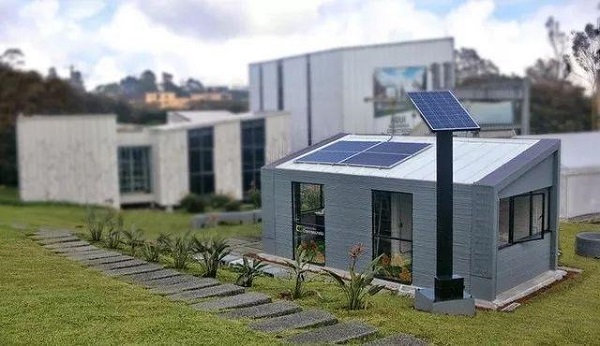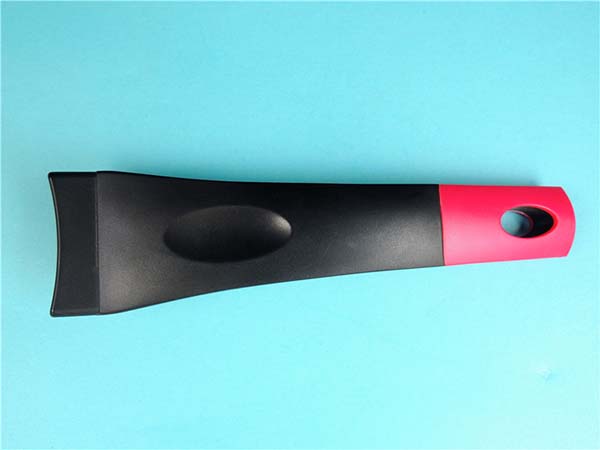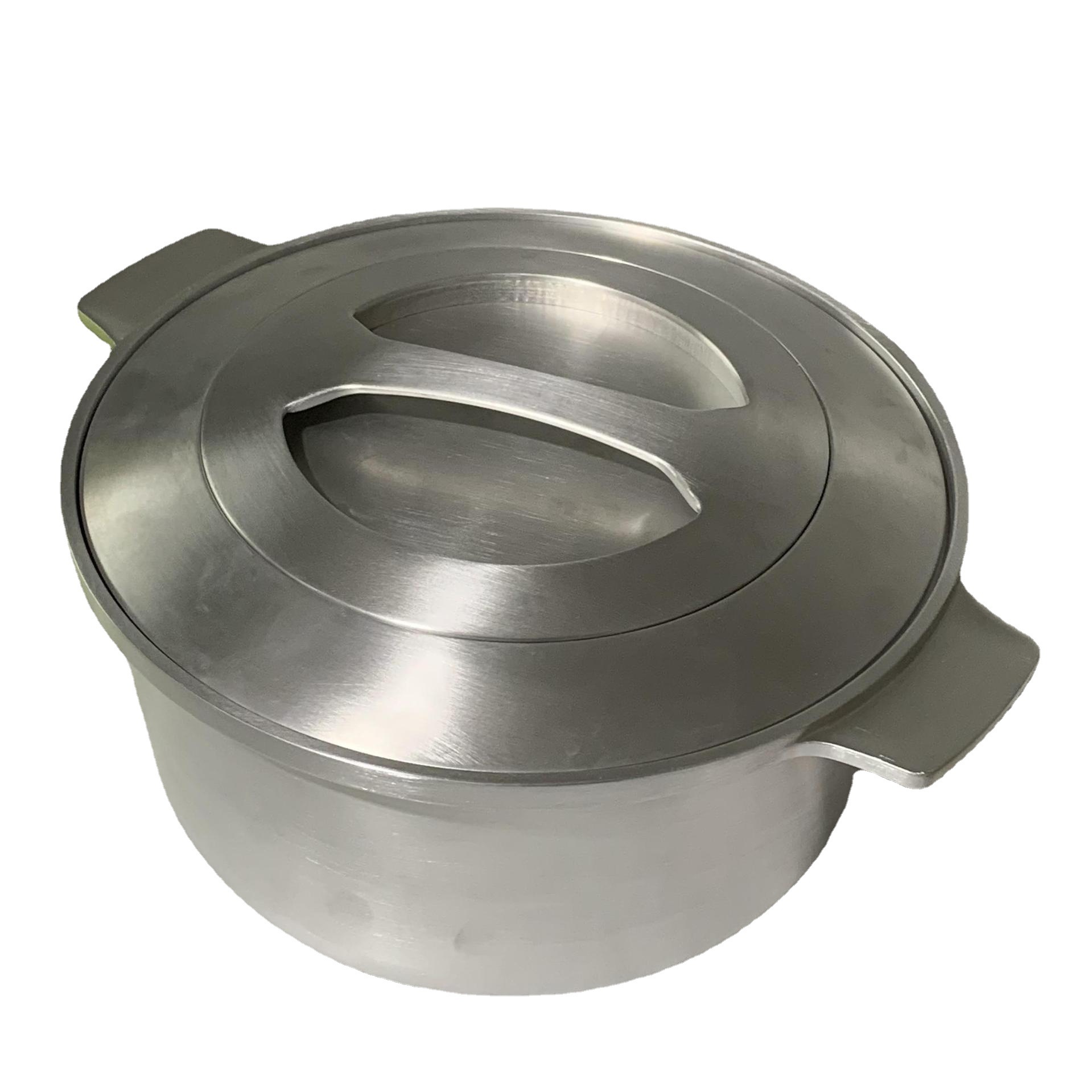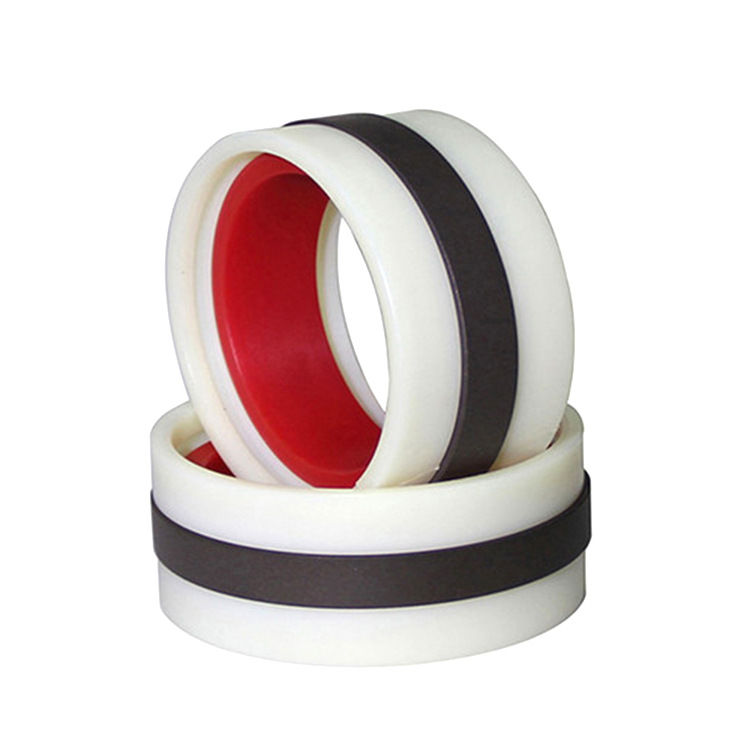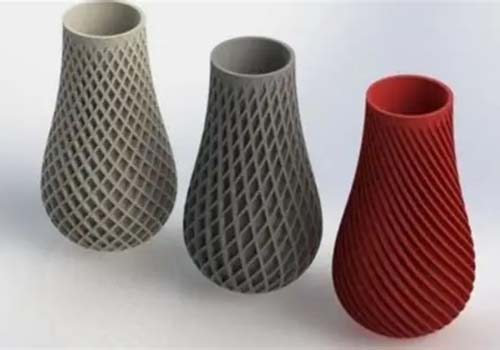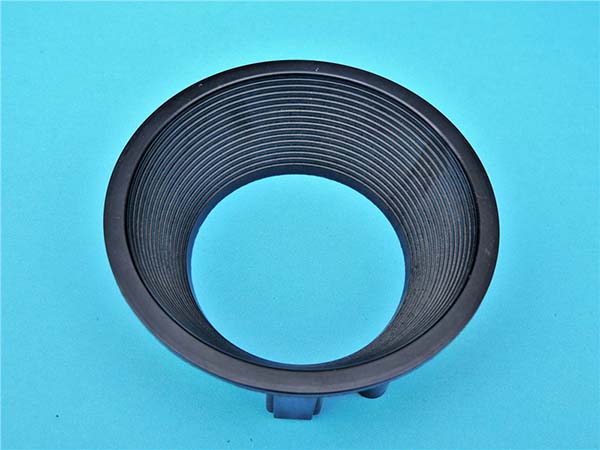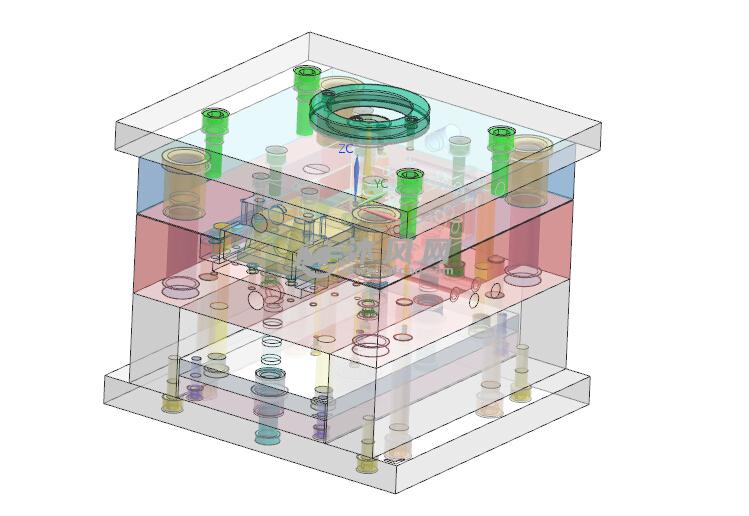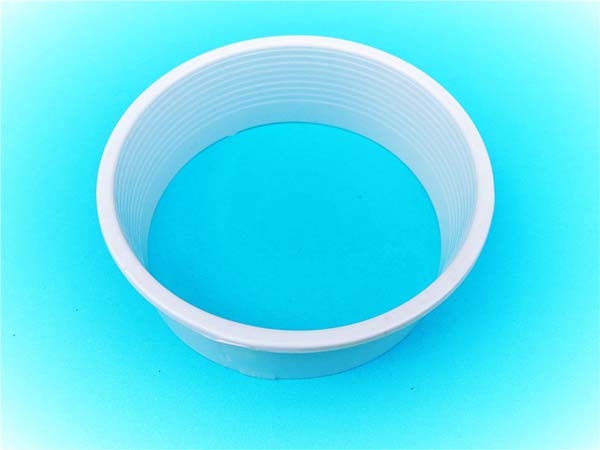Introduction
Can 3D Printed Houses Revolutionize the Construction Industry in China?
In recent years, 3D printed houses have gradually emerged in China, sparking widespread interest and discussion. This innovative construction method is not only changing the traditional concept of construction but also bringing new possibilities to the real estate and construction industries. With the continuous development of technology, 3D printed houses are becoming more and more common, and people are paying increasing attention to their various aspects, such as construction process, cost, quality, and environmental impact. In this article, we will explore 3D printed houses in China from multiple perspectives to help you better understand this emerging construction technology.
What are 3D Printed Houses?
3D Printing Technology Basics
3D printing, also known as additive manufacturing, is a revolutionary technology that creates three - dimensional objects from a digital model. The basic process involves slicing a 3D digital model into numerous thin cross - sectional layers. Then, a 3D printer deposits materials layer by layer according to the sliced data. For instance, in the popular Fused Deposition Modeling (FDM) technology, a spool of thermoplastic filament, such as PLA (Polylactic Acid) or ABS (Acrylonitrile Butadiene Styrene), is fed into the printer. The printer heats the filament until it melts and extrudes it through a nozzle, which moves in precise X, Y, and Z axes directions. As the melted material is deposited, it solidifies quickly, bonding with the previous layer. This process is repeated layer by layer until the entire 3D object is formed. There are also other 3D printing technologies like Stereolithography (SLA), which uses a laser to cure liquid resin layer by layer, and Selective Laser Sintering (SLS), which uses a laser to sinter powdered materials.
How it Applies to House Building
When it comes to house building, 3D printing technology undergoes some modifications. The materials used are much larger in quantity and have different properties compared to those for small - scale 3D printing. For 3D printed houses in China, common materials include special concrete mixtures, fiber - reinforced composites, and sometimes recycled materials. These materials are designed to meet the structural and durability requirements of a house.
The way of printing also varies. Instead of the small - scale, precise movements for making small objects, 3D printers for houses are much larger and more robust. There are two main approaches to 3D printing houses: modular printing and on - site (in - situ) printing. In modular printing, individual components of the house, such as walls, floors, and roofs, are printed in a factory setting. These pre - printed modules are then transported to the construction site and assembled. On - site printing, on the other hand, involves setting up a large - scale 3D printer directly at the building site. The printer then prints the entire house structure layer by layer, following the digital design. This method allows for more customization on - the - spot and reduces transportation costs and risks associated with moving large modular components.
Comparison with Traditional Houses
When considering 3D printed houses in China, it's essential to compare them with traditional houses. Here is a detailed comparison in several key aspects:
| Aspects | 3D Printed Houses | Traditional Houses |
| Cost | Generally, 3D printed houses can reduce material waste significantly. For example, some projects in China have shown that 3D printing can cut down material costs by about 20 - 30% compared to traditional construction. Labor costs are also lower as less manual labor is required. Overall, the total construction cost can be 10 - 40% lower depending on the project scale and complexity. | Traditional houses involve high costs in materials, especially when considering transportation and the large amount of materials needed. Labor costs are also substantial due to the large number of workers required for different construction stages. |
| Construction Speed | A 3D printed house can be completed much faster. Small - scale 3D printed houses in China can be printed within a few days to a week. Larger projects may take a few weeks. For instance, a simple single - story 3D printed house with an area of about 100 square meters can be printed in about 3 - 5 days. | Traditional house construction is time - consuming. Building a similar 100 - square - meter single - story house may take several months, usually around 3 - 6 months, considering factors like foundation laying, brick - laying, and finishing work. |
| Design Flexibility | With 3D printing, complex and customized designs are easily achievable. Designers can create unique, free - form structures that are difficult or even impossible to build using traditional methods. There are no limitations of formwork in 3D printing, allowing for the realization of creative architectural concepts. | Traditional construction methods are more restricted in design. Complex designs often require additional formwork and more labor - intensive construction techniques, which may increase costs and construction difficulties. So, most traditional houses follow relatively standard and simple designs. |
| Environmental Impact | 3D printed houses are more environmentally friendly. They produce less construction waste as materials are used precisely according to the digital model, reducing waste by up to 80% in some cases. Some 3D printing materials can also incorporate recycled or sustainable materials. | Traditional construction generates a large amount of waste, such as excess building materials, damaged components, and packaging waste. Additionally, the use of traditional construction machinery often results in higher energy consumption and more emissions. |
| Quality and Durability | 3D printed houses can have consistent quality as the printing process is computer - controlled, ensuring uniform material distribution and structural integrity. Materials used are designed to meet high - strength and durability standards, and some 3D printed houses are expected to have a lifespan of 50 - 100 years. | The quality of traditional houses can vary depending on the skills of the construction workers and the quality of the materials. Although high - quality traditional houses can also be very durable, there may be more variability in construction quality due to human - error factors during the construction process. |
From the comparison above, it's clear that 3D printed houses have several distinct advantages over traditional houses, especially in terms of cost - effectiveness, construction speed, and environmental friendliness. However, traditional houses still hold their ground in some aspects, such as the long - standing construction experience and the preference for certain traditional architectural styles.
Yigu Technology's View
As a non - standard plastic metal products custom Supplier, Yigu Technology believes that 3D printed houses in China hold great potential. From the perspective of resource utilization, the precise material - using process of 3D printing aligns with the concept of sustainable development, which is highly appreciated. It can effectively reduce waste, making the most of materials, and also helps in environmental protection by minimizing construction waste.
Moreover, 3D printed houses can drive innovation in the construction and related industries. The demand for special materials and customized parts in 3D printing offers opportunities for companies like Yigu Technology to develop new products and solutions. However, Yigu Technology also acknowledges that there are still some challenges. For example, the current technology may have limitations in terms of the scale and complexity of large - scale 3D printed houses. And the performance and cost - effectiveness of some 3D printing materials still need to be improved.
FAQ
1. How long does it take to 3D print a house in China?
The time required to 3D print a house in China varies depending on the size and complexity of the house. For a small - scale, simple - designed 3D printed house with an area of around 80 - 100 square meters, it may take only 3 - 7 days. For example, some small pre - fabricated 3D printed houses for temporary use can be completed within a few days. Larger and more complex houses, such as multi - story buildings or those with intricate architectural designs, may take several weeks. A two - story 3D printed house with an area of 200 - 300 square meters might take about 2 - 4 weeks to print. This is because more printing materials need to be used, and the printing process for each layer becomes more complex to ensure structural integrity.
2. Are 3D printed houses safe to live in?
Yes, 3D printed houses are safe to live in as long as they meet relevant standards and specifications. In the construction process, high - quality and durable materials are selected. For instance, the concrete used in 3D printed houses is often specially formulated to ensure high strength and stability. The design and engineering of 3D printed houses are strictly reviewed and quality - controlled to ensure that the structure is stable and meets building codes. During the construction, continuous monitoring and testing are carried out to guarantee that every construction link meets safety requirements. Additionally, the technical personnel involved in 3D printing houses are usually professionally trained, which further ensures the safety of the construction process. Regular maintenance and inspection after the house is completed can also help to maintain its long - term stability and safety.
3. What types of materials are used for 3D printed houses in China?
In China, several types of materials are commonly used for 3D printed houses. One of the most widely used is concrete. Special concrete mixtures are developed for 3D printing, which usually contain cement, fine - grained aggregates (such as sand), and various additives. These additives can adjust the fluidity, setting time, and strength of the concrete to meet the requirements of the 3D printing process. For example, some concrete for 3D printing contains superplasticizers to improve fluidity and early - strength agents to accelerate the hardening process. Recycled materials are also increasingly being used. Recycled plastics can be processed and used in 3D printed houses, which not only reduces environmental pollution but also lowers costs. Some companies have developed methods to blend recycled plastics with other materials to create composite materials suitable for 3D printing houses. Fiber - reinforced composites are another option. Fibers such as carbon fibers or glass fibers are added to the base material (like concrete or plastics) to enhance the strength and toughness of the printed structure, making the house more resistant to external forces.
